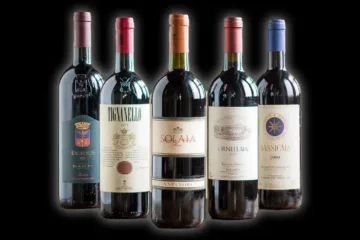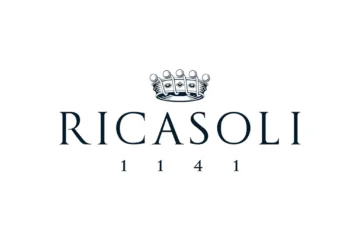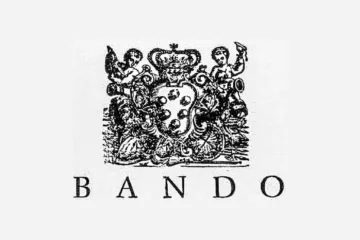
There was a group of young producers in the early 1980s that strongly believed in the need to modernize the wines of Barolo, the iconic wine from Piedmont made from the indigenous Nebbiolo grape variety.
They began experimenting with a more approachable style. This new group of winemakers was widely referred to as “The Barolo Boys”. They were immortalized by an eponymous film with worldwide success: “Barolo Boys. The Story of a Revolution” (you will find the trailer below). This documentary film released in 2014 retraces the history of a group of young winemakers who in the 1980s and ’90s dramatically changed the world of Barolo, the iconic wine from the Piedmont region (northwestern Italy).
Actually, like many of the world’s robust and age-worthy red wines, Barolo had to adapt in the 1970s and 1980s to market demands for fruitier, less tannic wines that could be drank younger. It was definitely not an easy shift for a region where fermentation and maceration could run as long as two months.
Renato Ratti, Paolo Cordero di Montezemolo, and the Ceretto family were the driving forces behind the trend for a gentler style of Barolo. Their methods included shorter fermentations (often 10 to 14 days) and a shortened aging phase under wood, followed by longer bottle ageing before commercial release.
The supporters of this new strategy were dubbed “modernists,” while those who believed in the old methods were dubbed “traditionalists.” This seemingly insignificant distinction captivated the wine world in the 1970s and 1980s, but in retrospect, it can be viewed as nothing more than the ongoing progress and modernization of winemaking in this small region.

There was no doubt that classic Barolo, a product of long maceration on the skins from relatively high-yielding grapes with tannins that had yet to fully polymerize, required extended aging in cask to soften the wine’s harsh tannins in its youth.
In reality, the easing of the tannins was caused by oxidation, which also oxidized the fruit. This produced wines that were maroon or brick in colour, with oxidation and harsh tannins still present on the taste.
Barbera was frequently added to the wine before bottling to lend a youthful tinge to the weary old color and an attractiveness to the withered fruit.
During the 1980s and 1990s, as prices rose, producers were able to lower yields, resulting in earlier picking and riper grape tannins.
This, more than anything else, has helped to soften the tannins in Barolo. It was helped by the transition to rotofermenters in the late 1990s, which resulted in a further reduction in maceration time to between 5 and 7 days.

Follow me on my Social Media
Wine is a gourmet treasure, do not abuse alcohol!
None of this content has been sponsored
I did not receive any gifts or free samples that could be related to this article


